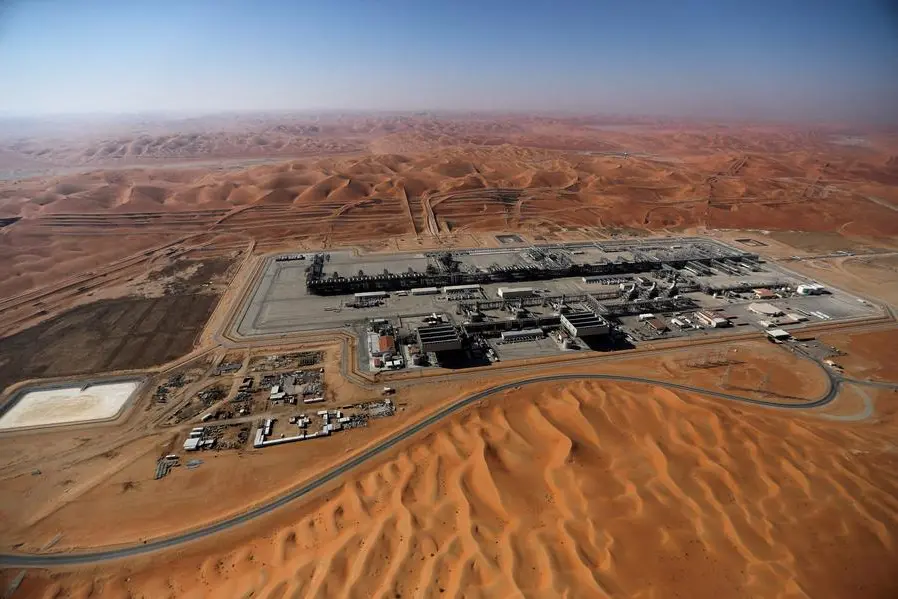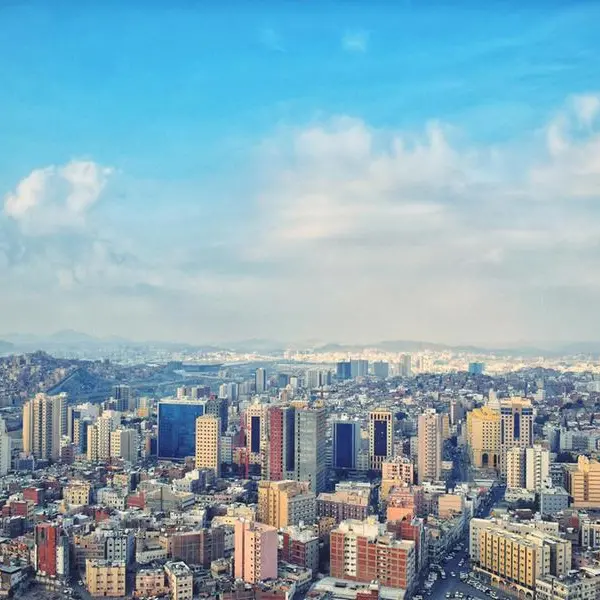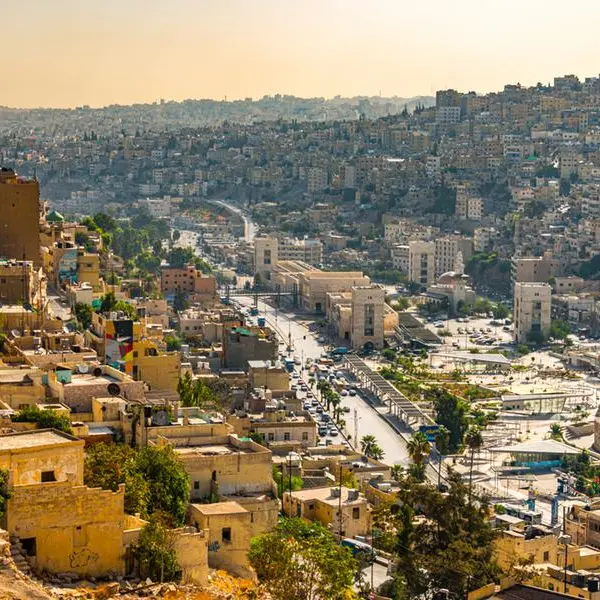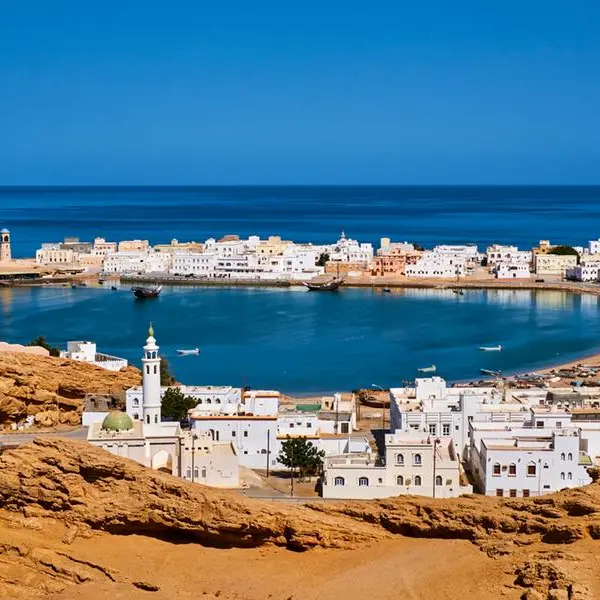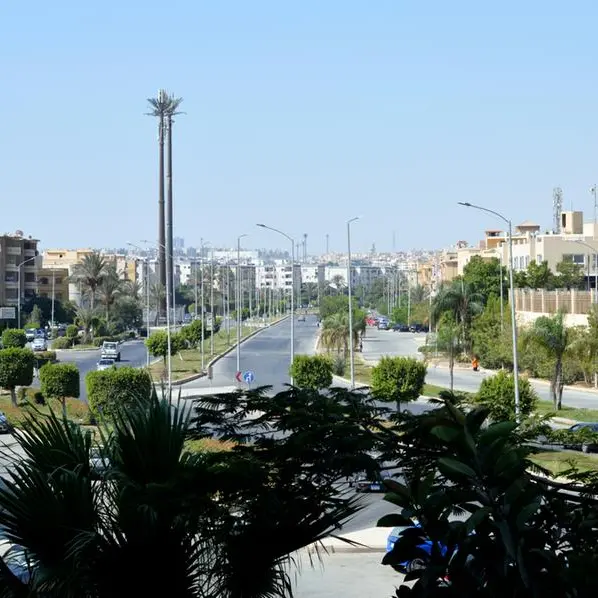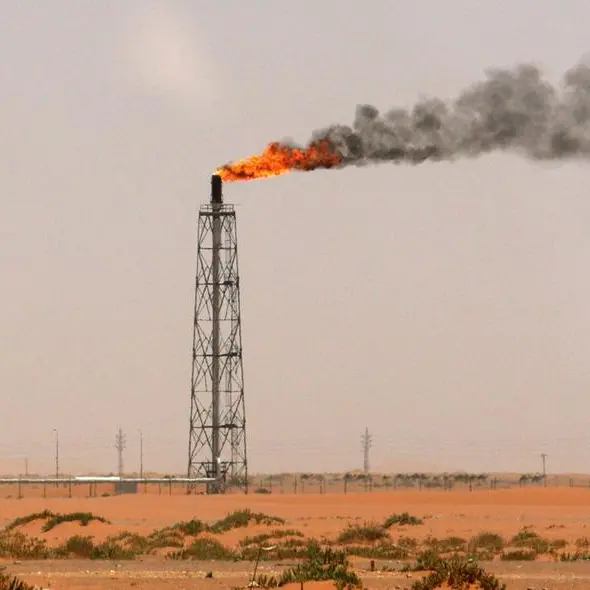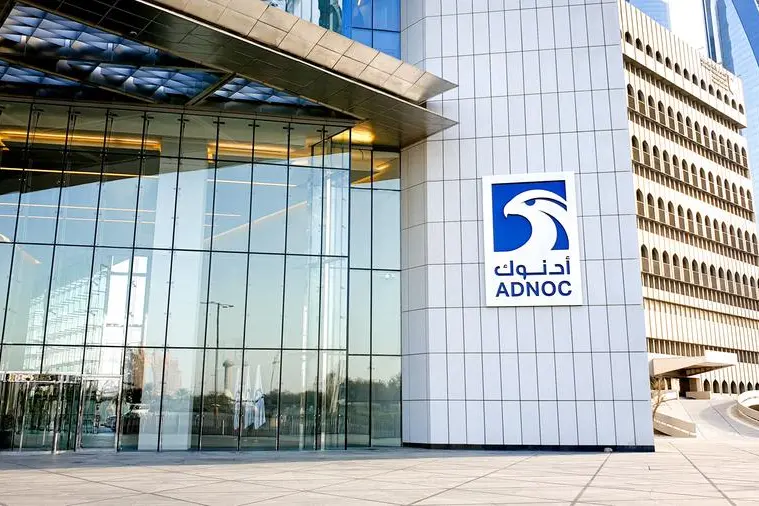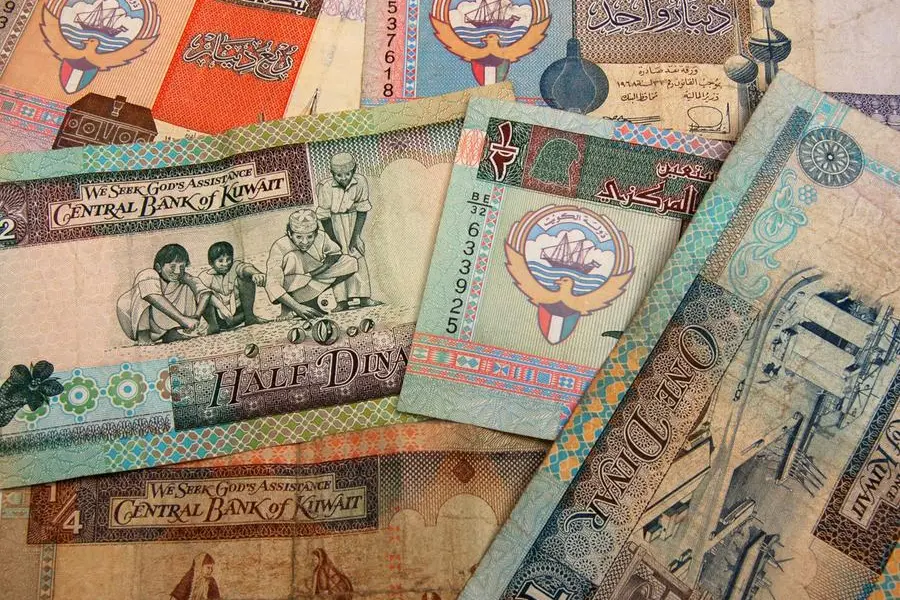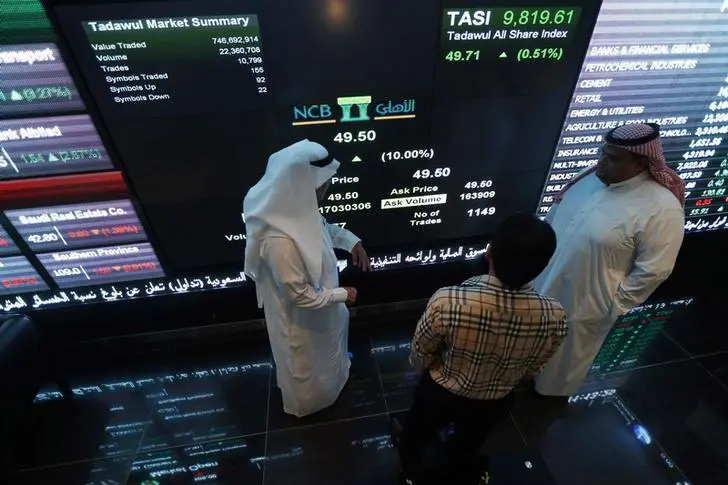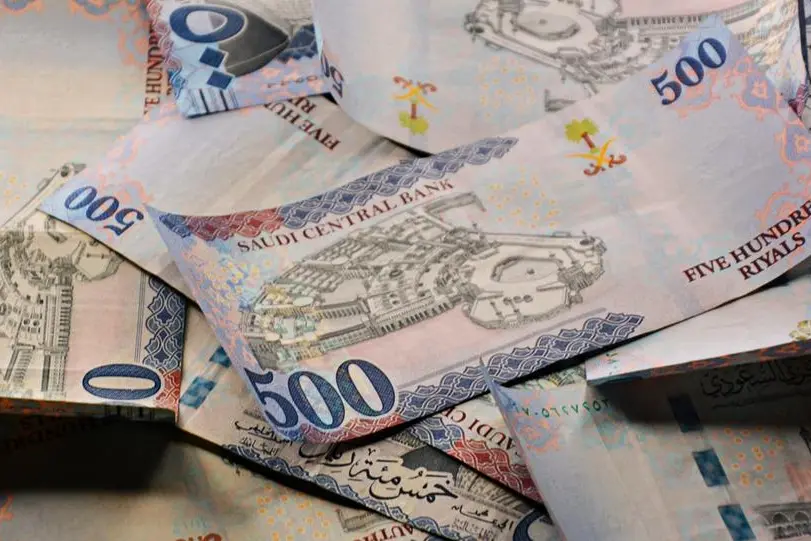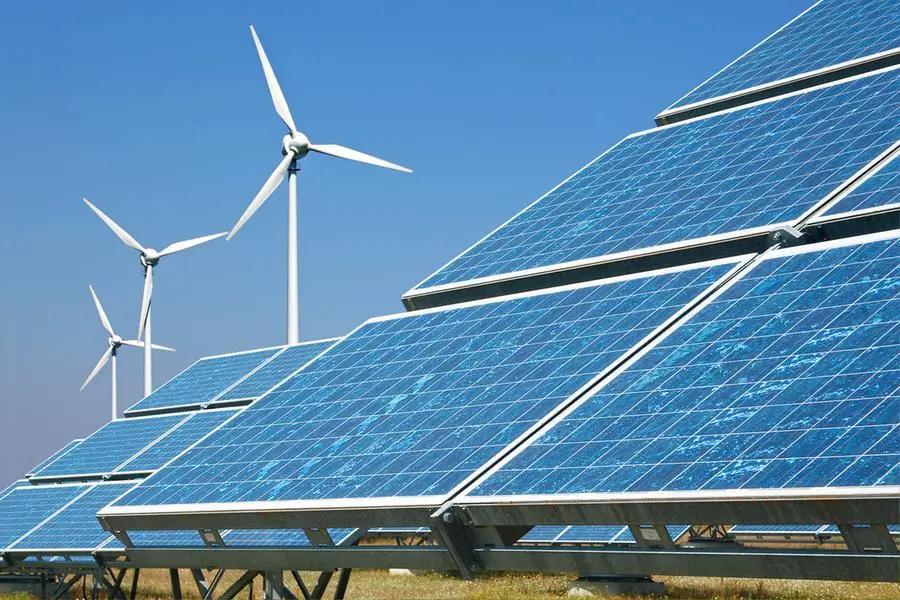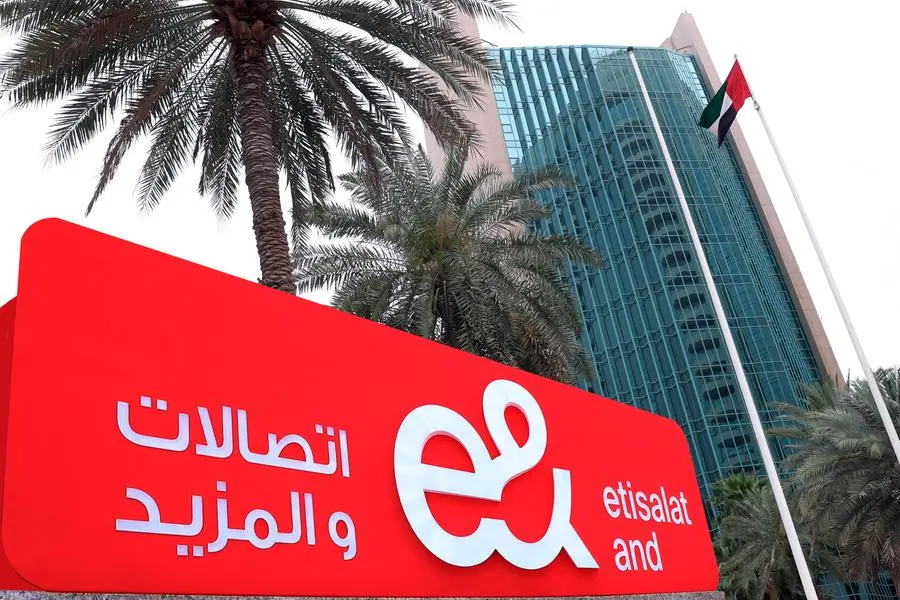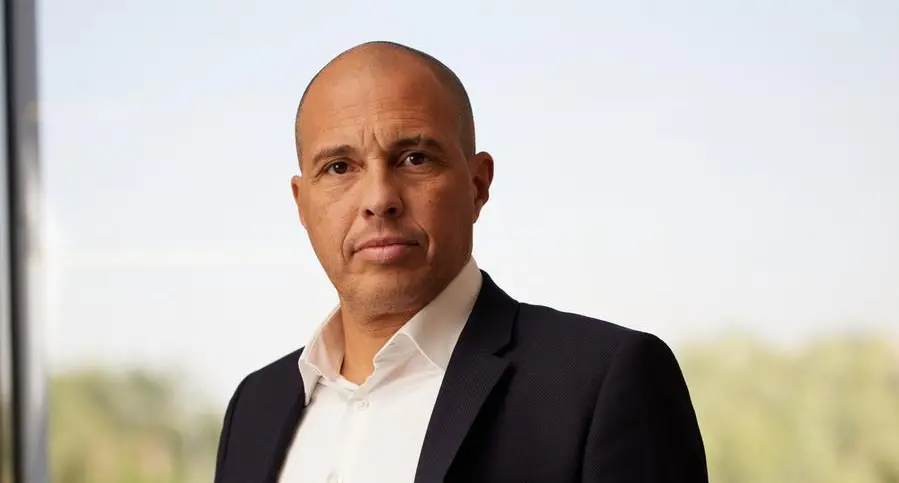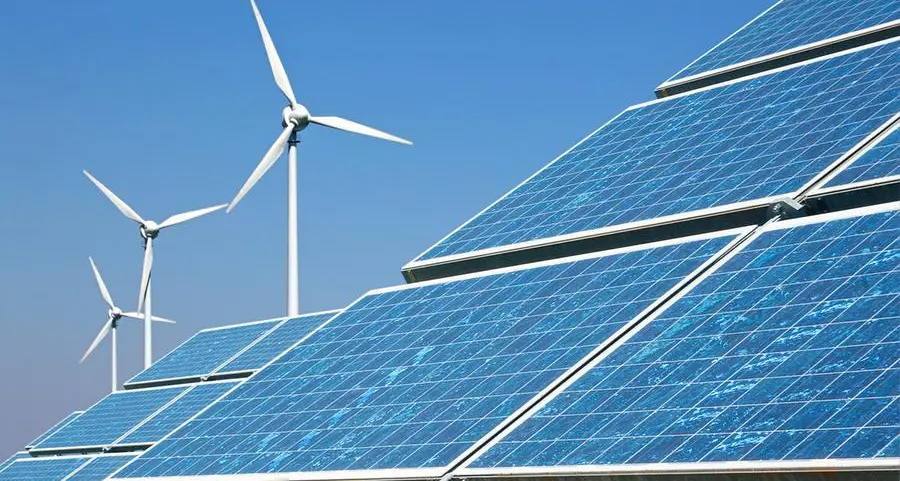PHOTO
With global oil prices down to a four-year low last week, Saudi Arabia--which depends heavily on its oil revenues to balance its budget and to finance its massive economic transformation plan--could be forced to tighten fiscal policy further or seek recourse in the debt market; alternatively, it may even look to raise new taxes.
The prospect of a US–China trade war and its gloomy consequences on the global economy, in addition to the unexpected output increase by OPEC+ members in the first weeks of April, have driven oil prices down. Additionally, the IEA has lowered oil demand growth forecasts substantially for 2025 and 2026. Brent, the key benchmark for Middle East producers, and the US West Texas Intermediate crude have both lost around $10 since the beginning of the month. Brent has since recovered slightly and is trading around $66 per barrel on Thursday.
Goldman Sachs now expects Brent to average $63 for the remainder of 2025 while BMI has forecast the benchmark at $68.
Also weighing on the government’s finances is state-backed energy producer Saudi Arabian Oil Company’s guidance for lower dividend payment of about $85 billion in 2025 compared with $124 billion last year.
Saudi Arabia needs oil at over $90 per barrel to balance its books, according to the IMF. While the government already runs both current and fiscal account deficits, Fitch Ratings expects the fiscal deficit to widen to 4.1% of GDP in 2025 based on Brent at an average $70 and the lower dividend from Aramco.
All else being equal, “a $10 per barrel drop in the oil price would add around 3 percentage points to the budget deficit”, said Paul Gamble, Senior Director, Sovereigns, at Fitch Ratings.
Edward Bell, Acting Group Head of Research and Chief Economist at Dubai-based Emirates NBD, said: “Prior to the sell-off that started in April we had already been projecting a fiscal deficit for Saudi Arabia in 2025 and with oil prices set to hold at lower levels for the rest of this year we now expect that the fiscal deficit will widen.”
Non-oil growth
Much of the growth in the kingdom was expected to come from the non-oil sector this year, which rose 4.3% in 2024 and outperformed overall GDP growth of 1.3%. While Saudi finance minister Mohammed Al Jadaan has reiterated that the kingdom’s focus is now on raising non-oil GDP, any fiscal policy measure to curb overall spending could rein back growth in the non-oil sector too.
“Non-oil growth has remained robust so far this year and there still looks to be a solid pipeline of new orders in the domestic market for 2025. Government spending may slow later on in the year and into 2026, edging the overall economy’s pace of growth lower,” said Bell.
The Saudi sovereign wealth fund, the Public Investment Fund, which is spearheading the country’s economic transformation programme, is reported to have scaled back or recalibrated some of the loftier mega projects. Companies that have been contracted to build NEOM, the Red Sea development that is the keystone of Crown Prince Mohammed bin Salman’s Vision 2030, are said to have reduced budgets and laid off personnel as part of the recalibration. However, arenas and stadia that are expected to host prestigious international sports events like the FIFA World Cup and Asian Winter Games have been moved to the top of the queue.
“Many projects that Saudi Arabia has committed to have externally imposed timelines, such as the Asia Winter Games in 2029; Expo 2030, to be held in Riyadh; or the [FIFA] World Cup, to be held in 2034. Projects related to these events will include logistics, event venues, hospitality and infrastructure, and we would expect that spending to be maintained. Other projects may face some lengthening of timelines or scaling back of the scale of initial delivery,” said Bell.
Debt market
Saudi Arabia, which has announced plans to raise $37 billion this year across domestic and global markets to finance the budget shortfall, might step up borrowing under the low oil price scenario. It helps that its sovereign rating was upgraded to Aa3 from A1 by Moody’s Investors Services last November based on the positive momentum in the economic diversification programme.
The upgrade, however, came with a caveat. “A large decline in oil prices or production could intensify the trade-off between progress in economic diversification and fiscal prudence, potentially leading to a weaker sovereign balance sheet,” Moody’s noted.
Emirates NBD’s Bell said Saudi Arabia has strong access to financial markets and “we would expect them to continue to raise both local and foreign currency debt to help maintain spending commitments. Overall public debt to GDP levels are relatively low compared with economies of similar size, with the Ministry of Finance estimating debt at about 30% of GDP in 2024”.
According to Hekmat El Matbouly, Senior Economist at Egyptian investment bank CI Capital, the controlled public debt will enable continued borrowing, rising to 35% of GDP in 2025 versus 30% last year. “A sustained weakening USD poses an upside to borrowing activities (by easing pressure on the peg from higher for longer borrowing costs).”
According to LSEG data, the kingdom has raised $14.1 billion from two eurobond issuances year-to-date.
New taxes
James Swanston of the London-based consultancy Capital Economics thinks “cuts to capital spending will be the first port of call” for the Saudis. “But there may also be fresh efforts to raise non-oil revenues and, possibly, to push through new taxes, such as property or personal income taxes,” he said in a recent note.
Gamble agreed that new taxes are a possibility. “Saudi Arabia has broadened its range of revenue raising tools in recent years, but introducing new taxes anywhere takes preparation. Another option for the authorities is to change the rates of existing taxes,” he added.
With no easy solution at hand, Saudi Arabia must navigate a complex economic landscape, balancing immediate fiscal needs with long-term strategic goals. The kingdom's ability to adapt to these challenges will be crucial in maintaining economic stability and achieving its Vision 2030 objectives.
(Reporting by Brinda Darasha; editing by Seban Scaria)
